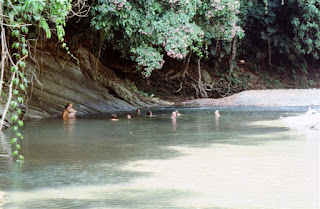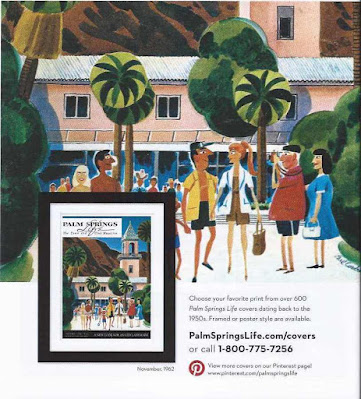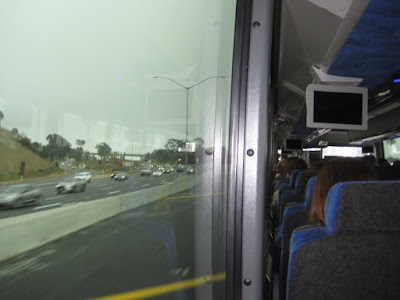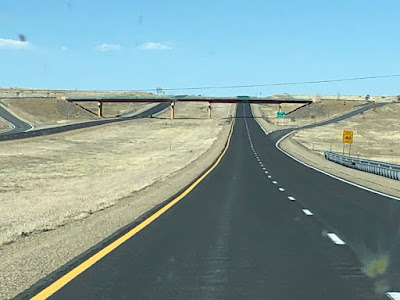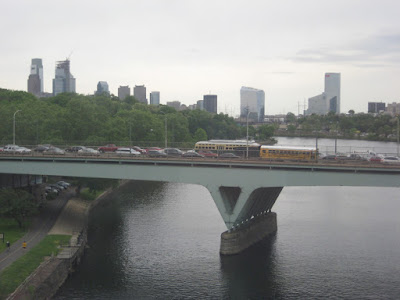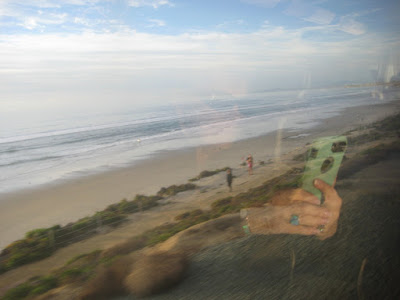Corcovado National Park in Costa Rica is located on the Osa Peninsula in southwestern Costa Rica. It is a gem that I was most fortunate to discover in the early 80s, less than ten years after it was first established. National Geographic has called it “the most biologically intense place on Earth in terms of biodiversity.”

My trip to Corcovado meant three weeks of sleeping on rocks, dancing around deadly snakes, eating peanut butter and jelly sandwiches and listening to howling monkeys every night. By the end of each day my colleagues and I were roasted and rank. About as close to paradise as one could get.
I headed up a film crew that was part of a group of photojournalists invited by the Costa Rican government to explore the park and (hopefully) write or create television programs about it.
The lessons began the first day of our arrival. It was a wonderful group of journalists, magazine editors, writers and one eccentric professor from out east. This is before the Internet. Our focus was on film, photos and note taking to capture the true beauty of the country and its park. There were two women in the group who (it quickly became apparent) could hold their own with the men. We were all young (relatively speaking) and eager to explore town and country.
San Jose is the capitol of Costa Rica and a bustling economic driver for the country. We were anxious to see what it had to offer. But first we had to tackle three weeks in the jungle.
I chose cut offs and a t-shirt instead of the more jungle attire of cargo pants, long sleeve shirt and boots. I was cooler in the jungle and didn’t look like a field hand from the Coachella Valley. I also figured ‘what the heck.’ A snake can bite through pants as easily as it can directly to skin. If I was going to get bit, long pants wouldn’t be much of a help.
Time is What You call It
We were supposed to fly into the park that next morning. We got to the small airport early and piled up our gear for three weeks of jungle camping. Then we waited. And waited. And waited.
What I didn’t understand back then was American time vs. South American time. Foolish me thought that 9:00am meant 9:00am or maybe a few minutes late. Actually in Central and South American countries 9:00am means never before the allotted hour, of course and perhaps up to: 45 minutes or longer after the appointed time. And in their world that was perfectly Ok.
My frustration must have been apparent because one of our trip leaders pulled me aside and informed me that the pilots would arrive when they felt like it. He said that I’d better get used to that attitude or else I would be the one getting frustrated for no reason at all. I took a deep breath and toned it down from A to B to C. Very mellow from then on.
Our fly-in was simple enough. We flew into the park at treetop level. Then dropped below the tree line onto a narrow strip of grass that had been cut out of the jungle. Our pilots were like cowboys. They loved scaring the heck out of Anglo tourists with their macho landings. Some planes hadn’t made it down safely in the past. Quite a sight as we taxied by.

Don’t complain about the Accommodations
Our base camp consisted of a park rancher’s station and separate bunkhouse carved out of the surrounding jungle. The bunkhouse was full so we opted to sleep on the ground nearby. In retrospect it was the right decision. After a couple of days we all adjusted to the hard ground, the howling of monkeys, sounds of strange animals nearby and the constant drone of insects all night long. It became our white noise and certainly beat the thunderous snoring rolling out of the bunkhouse each night.
Know Your Neighbors
There are three simple rules for hiking in the jungle.
Jungle terrain is seldom flat. That only happens in Tarzan movies. It’s hilly, rugged and laced with jungle vines that can send you sprawling down a slope in nothing flat. Caution is the word.
Secondly, watch out for spider monkeys. They love to pee on you as you pass by underneath.
The third rule is also pretty simple. Watch where you step or be prepared to die.
Never step over a log or object on the ground. Never lean up against a tree. Always step on top of the log then step over to the other side. Look at the tree first before you lean against it or sit next to it.
There were many species of venomous snakes in the park. The Fer-de-Lance and Bushmaster were tops in their game. One bite…thirty minutes…hello, heaven. Even the poison dart frog could do you in.
Supposedly a snake can hear your footfalls a long distance away and will move away from that sound. Theoretically, the snake is more scared of you than you are of it. But ‘theoretically’ doesn’t really help if a snake bites you. Then you have theoretically twenty to thirty minutes before you die. Unless you have snake serum that you can inject into the puncture wound immediately.
Our guide was a wonderful, always cheerful park ranger whose grasp of the English language always left us with the question: ‘what did he say’ or ‘did he really say that’ or ‘Ok, whatever.’

On the first day of a long hike, I casually asked our guide if he had snake bite serum with him after he described the numerous poison snakes that abounded in Corcovado. He said no, he’d left it back at base camp, a four-hour hike away. I guess when your time comes, it comes. We all walked a little more gingerly back to camp that day. And made sure he had it with him every time we went out after that.
Haste saves Toes and other Body Parts
Almost everyday, we’d have to ford some river or inlet to the sea. Always at low tide since the currents were so strong at high tide that it was very easy to get swept out to sea no matter how strong a swimmer you might be.

Then there was the matter of the Bull sharks, American crocodiles, and spectacled caiman that liked to swim up those rivers from the ocean. Our guide would watch carefully for any sign of our unwelcome visitors. Then with a wave, we’d roll up our pants (usually didn’t matter) and begin wading across the river or inlet. Looking down for any sign of a snapper usually didn’t matter. The water was brown with churning sand and silt. It was a guessing game if any one of us would be toast that day. Or the next. Often times after crossing the inlet someone would spot a fin or smudge on the water. Damn, made it again.
I’m not a Nudist
It wasn’t a fear of stepping on glass, or sitting on a steel chair or swimming across a pond full of snapping turtles, I just never pictured myself a nudist. Grant it, skin is skin is skin. And there’s a plethora of ‘Oh, my gosh’ on the Internet if you’re interested that sort of thing. I’m not. I just never pictured myself, sans. clothes, among other people.
So when we came upon that backwater pool, in the middle of the jungle, five hours into our hike, taking off our clothes for a dip seemed surprisingly logical, rational and very appealing. I can’t remember who suggested it first. Probably the eccentric one. He always had great ideas.
The men took off their clothes first…boring. Then the women…no Brazilian trims there. One kept her panties on for a short while but then decided ‘what the heck, everything was visible anyway.’ Suddenly I felt very foolish hiding behind my sunglasses. It had quickly became apparent that the soothing coolness of the water, that magical pond in the middle of the jungle, and the lively banter going on was more interesting than body parts seen or imagined. And after a few glances, seriously, who cares?
It’s true that clothes make a woman sexy. Take those away and what you’re left with is… Ok, pass the lemonade. Maybe that’s the secret nudists have discovered; that after the clothes come off, your attention is drawn to more substantial and interesting things. Who knew? It took a cool pond in the middle of a Costa Rican rainforest to teach me one of life’s great lessons.
Seemed Logical at the Time
The end of our gallivanting in that backwater pool came with an announcement from the eccentric one. It seemed that he had a rubber raft in his backpack and was looking for someone to float with him down the river to the sea, approximately four miles away. Strangely enough he got no takers. We just stood there, putting on our clothes, wondering if he was really serious.
Undaunted by the silent stares he got, the eccentric one tossed his clothes bag into his backpack, gave the pack to someone else and proceeded to inflate his rubber raft. Then with his hat and flip-flops on, he began floating away. We all looked in astonishment as his snow-white ass got smaller and smaller in the distance. Then it was gone all together.
Somehow it all seemed perfectly logical at the time. I think we just collectively shook our shoulders, agreed that the eccentric one would find that a normal thing to do (floating down an unknown river in the middle of the jungle, in the nude), and wondered if or when we’d ever see him again. I know it’s stupid, dumb and illogical but I still wonder what it would have been like if I’d taken him up on his offer.
He showed up that evening, hat, torn flip-flops, and beet red ass. Then over warm beer, he regaled us with stories of the sights and sounds that greeted and then followed him down the river all the way to the sea.
Nectar of the Gods
I started a habit in Costa Rica that I’ve continued ever since. And supposedly it’s good for your health. We were God-knows how far into one of our early hikes when I saw a lemon tree in a clearing. Even though my canteen was full of tepid, warm water, a couple of squirts of lemon make all the difference in the world.













